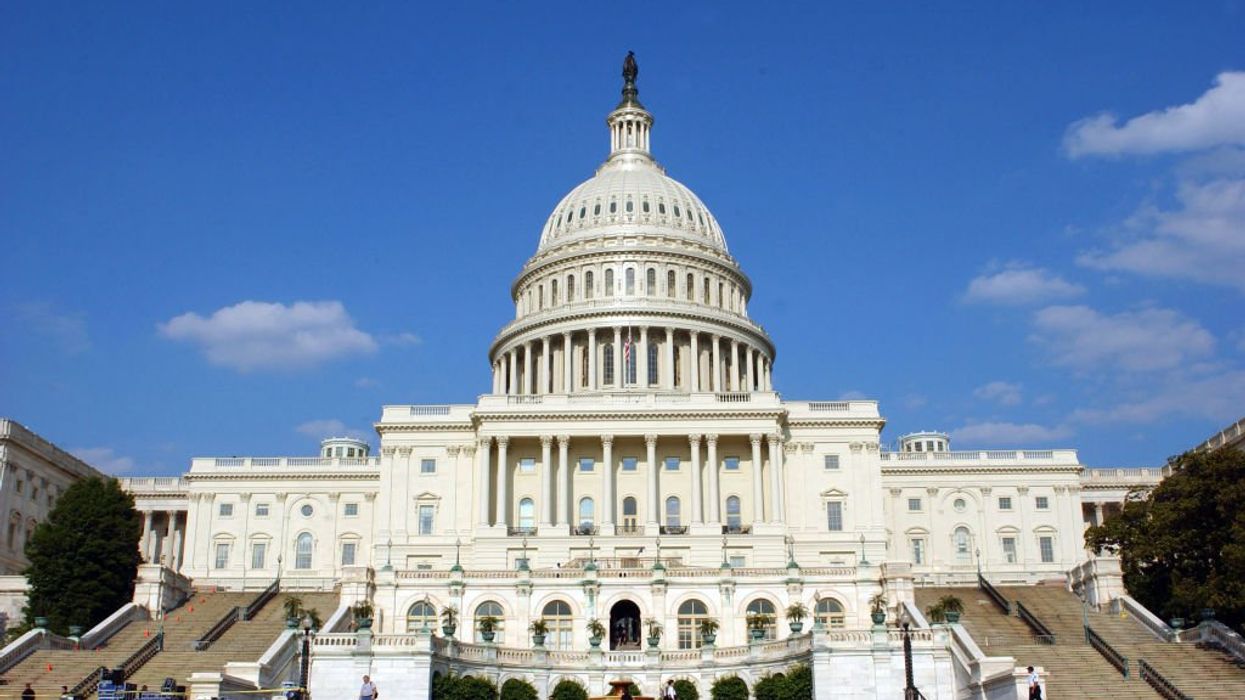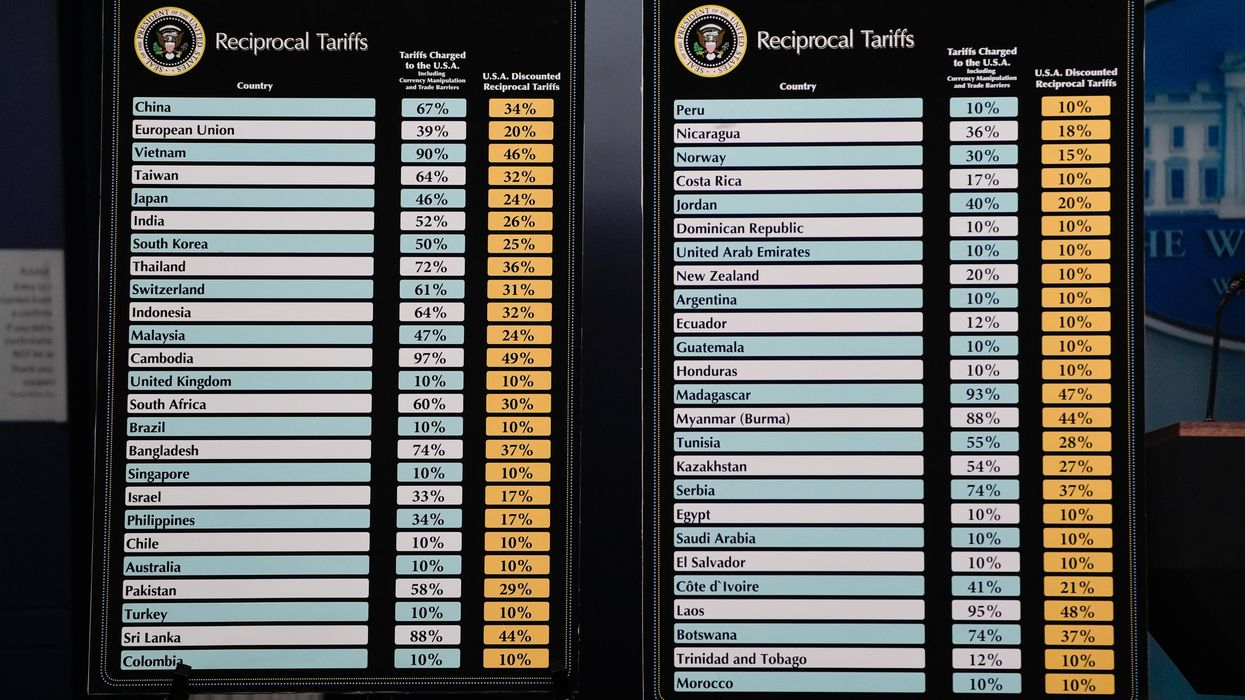On yesterday’s radio program, Glenn discussed a chart that shows remarkable parallels between the Dow Jones Industrial Average leading up to the 1929 crash and today. Tom DeMark, the founder and CEO of DeMark Analytics, discovered the trend found on the graph, and he joined Glenn on radio this morning to discuss what the eerie pattern could mean for the United States.
“I want to bring on Tom DeMark, the CEO and founder of DeMark Analytics. This is the guy who just started to map 1928, 1929, then he laid over the last two years here, and he found something that is really quite disturbing. They are almost identical,” Glenn said. “If you chart the Dow and what it's doing in 1928 to 29 in the crash and what the Dow is doing now in the last two years, it show… if it continues to chart this way, it would show that our 1929 Depression-era crash happens in April.”
Tom explained that he has been in the investment business for almost 45 years, and he has always been considered overly optimistic. In the last five or six years, however, he has found himself more and more discouraged by the analytics he has seen.
“We try the measure supply and demand because that's what drives prices. There's a major component, which is sentiment, and extremes are met at highs and lows. There's extreme optimism or pessimism. So we try to measure those and incorporate them into fundamentals,” Tom said. “But what's happened in the last five years has been really troubling. What had worked in the past and seems to work globally - it works very well in the Far East, Middle East and our analysis there - but the domestic market here in the States is troubling.”
“It seems like there's an influence that seems to incite fear every time we approach what appears to be a top in the market,” he continued. “At bottoms, it works very well, but at top, there seems to be interference, and we don't know where it's coming from… It became common knowledge that it was the Central Banks… It's tough to adjust at the tops. With the bottoms, we are able to identify bottoms.”
The trend found in his latest graph was actually stumbled upon accidently. After tracking the 2008 crash against the stock market decline of the 1970s, he began looking into the stock market patterns of the last couple of years.
“So we're looking at the chart, and it is phenomenal,” Glenn said. “Am I reading this right… if they continue to chart the same, we have the October 1929 crash in April?”
“Well, we could have had it last week. There was a 10% chance that could happen. It probably won't and the market will rally and we have seen the rally now,” Tom said. “There's two scenarios currently: If the Dow Jones Average closes above 16,000 next Monday and Tuesday, then there's a chance yes, we could go down. And it could be something comparable to 1987. We're shifting things a little. Our two templates, 1929, 1987 are being adjusted. It's possible that could happen.
“We have to have a trigger. The trigger would be we'd have to decline on the S&P average below 1762,” he continued. “We have been using that for some time… It's so widely known right now, and we are a firm believer, that markets have bottomed because the last seller, figuratively speaking, has sold. We think a lot of people have sold based upon this comparison. So it may be premature right now, but it's going to happen.”
Watch the entire interview below:













